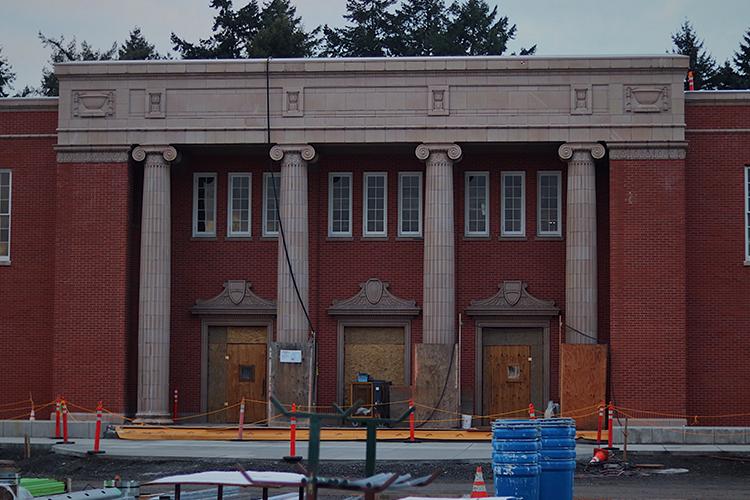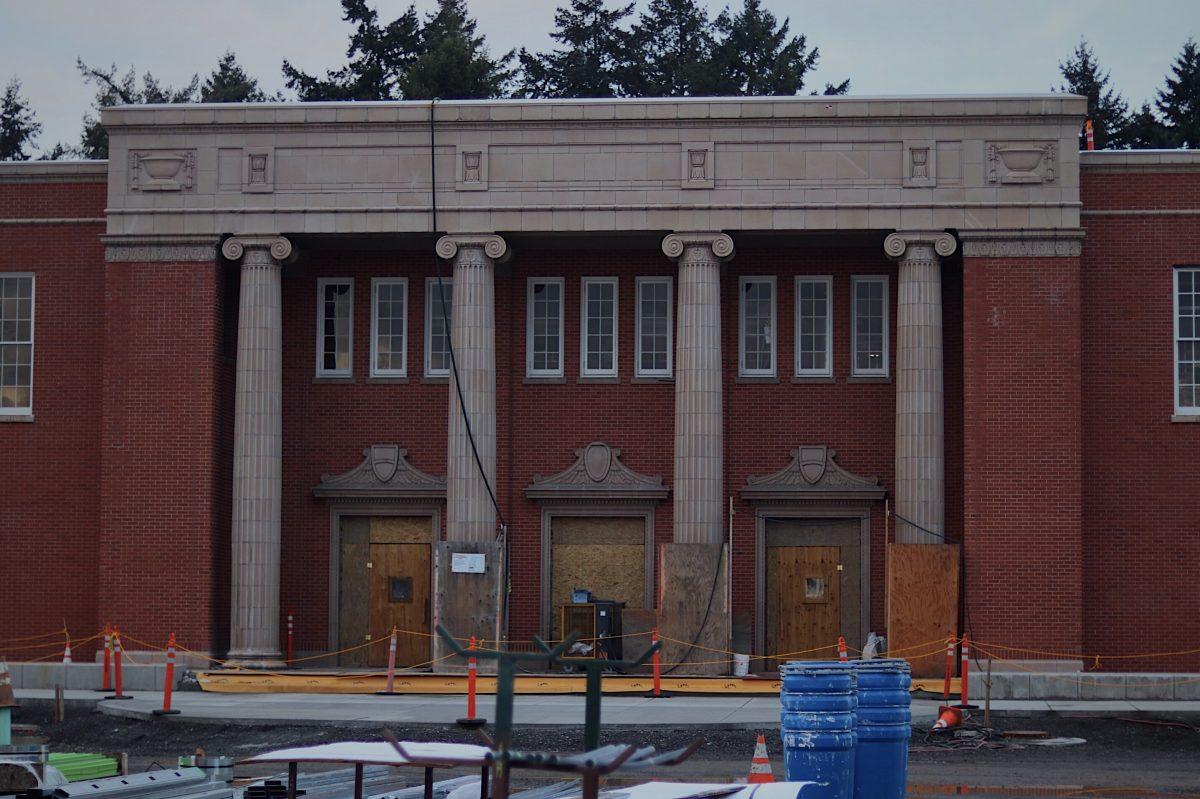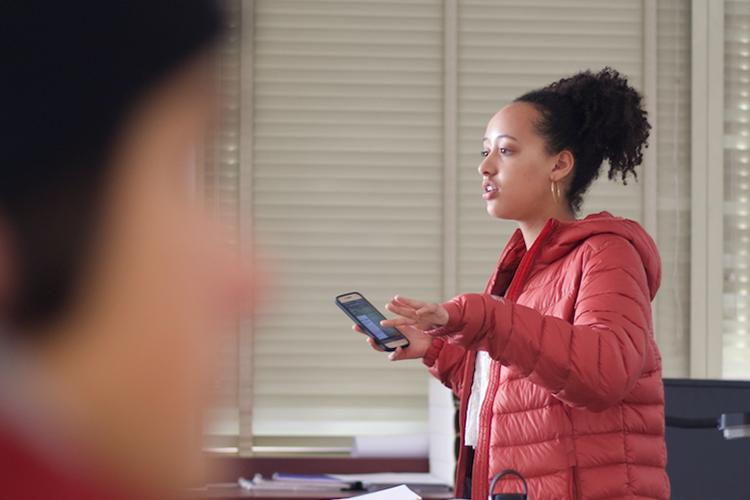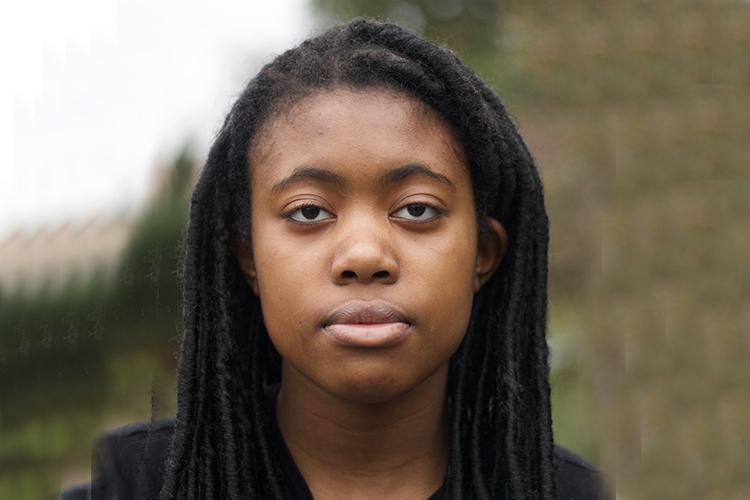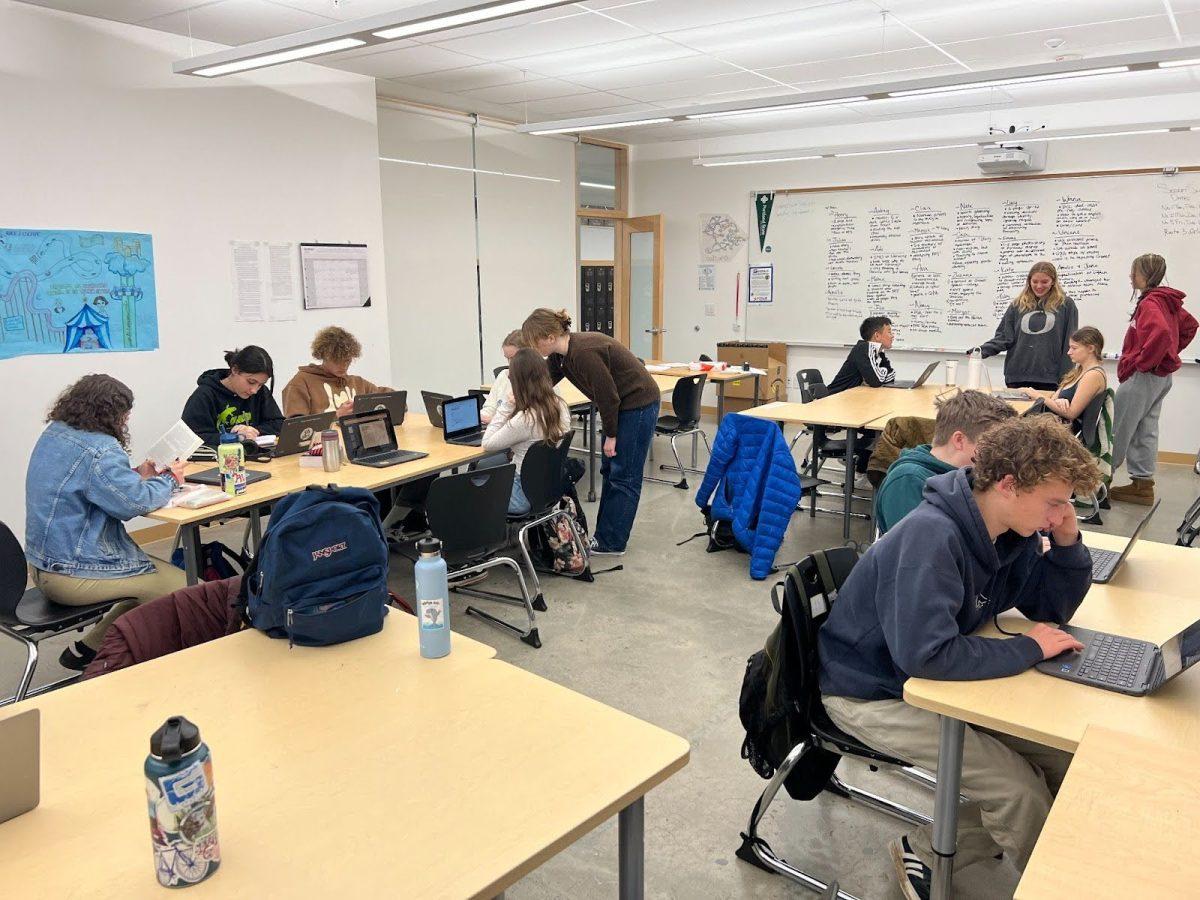Recently, an anonymous survey conducted by Grant Magazine was given to over 200 students at Grant regarding the extent of knowledge surrounding school-based health centers (SBHCs). The statistics demonstrated a clear lack of understanding: Sixty-six percent of those surveyed did not know that Grant previously had a health center, but 65 percent said they would use a health center if it were available.
There is a gray area surrounding the inner workings of SBHCs. Many students feel apprehensive before seeking medical services, as they question the confidentiality of the health center, are confused about the services provided or don’t understand how to pay. Many students were unaware of the old health center’s existence, and over 52 percent of surveyed students had no knowledge of what a health center was.
SBHCs act as a doctor’s office located within a school environment. Either a doctor, nurse practitioner or medical assistant is hired to provide medical services, and a receptionist is available to help students schedule appointments.
Prior to Grant’s move to the Marshall campus, Multnomah County provided medical services for Grant High School’s SBHC. The clinic was tucked in the corner of the southeast wing, surrounded by foreign language classrooms and separated from the heavy flow of students in center hall.
“I didn’t even know it was there,” says Grant junior Emma Burris. “No one told me. I kind of just stumbled upon it myself and I feel like that was kinda weird.”
However, Grant’s SBHC has been a staple of the community for 27 years, providing services to many families.
For those who visited, Grant’s health center was a quiet oasis from the hectic school atmosphere. “It was like a place you could go if you were anxious,” says Burris. “Like I know when some of my friends were anxious, we would just go sit in the little office of the health center.”
However, due to the changing demographics of Grant High School, it was determined that Grant no longer had a serious socioeconomic need for in-school medical services. According to a report by Portland Public Schools (PPS), 22 percent of the Grant student population participated in the free and reduced lunch program during the 2007–2008 school year. However, 10 years later, free and reduced lunch rates fell to 13.1 percent. Student visits to the health center became less frequent and Multnomah County found that Grant students were no longer accessing the resources provided. In addition, Multnomah County realized there was an increasing need in East County for accessible medical services in both the Reynolds and Gresham school districts.
“We did this assessment of the socioeconomic need, clinic visits, geographic distribution of our 13 (SBHCs) and just realized that we needed to make some difficult decisions to address the other areas in the county that were experiencing greater disparities,” says Alexandra Lowell, program manager for Multnomah County SBHCs. “So we ended up moving forward with the decision to close (the Grant location).”
Currently, Multnomah County provides health centers to 13 different schools located in the PPS district. Under Multnomah County, students are able to access annual check-ups, physical exams and birth control, among other services.
However, Grant was not the only health center recently closed. As of 2018, Harrison Park and Lane health centers were both closed, and Travis and George Middle School health centers will be closed by the end of 2019. Multnomah County is also preparing to close their health centers located in PPS K–8 schools so they can shift their services to areas with higher socioeconomic need.
With no health center available at Marshall for the past year and a half, many Grant students are left uncertain about the future of Grant’s SBHC. Through a series of frequently asked questions, Grant Magazine hopes to clarify any confusion surrounding health centers and their services.

Frequently Asked Questions
Information provided by the program manager of Multnomah County and the director of Student Health and Success of Portland Public Schools.
What is a school-based health center?
(SBHCs) provide many of the same resources as doctors’ offices. In an SBHC, however, students may receive free, confidential services without ever leaving school. These services are supplied and funded by an outside health care provider.
Where are the health centers located within PPS?
Multnomah County SBHCs provide services in five PPS schools: Madison High School, Jefferson High School, Cleveland High School, Franklin High School and Roosevelt High School. There are also Multnomah County SBHCs stationed at Centennial High School and Parkrose High School. Oregon Health and Science University (OHSU) provides a health clinic to Benson High School, and Kaiser provides a health center to Faubion K–8 School.
What plans have been solidified for next year?
Grant is working with the district office and the student services department to find a new health care provider for the SBHC. Currently, they are in the process of a Request for Proposals, which helps to identify what services specific health care providers could offer. This process will likely be completed in February, with an official health care provider being named by March.
Who are the potential providers?
At this stage, potential providers have not yet been identified, but likely candidates for the Grant location are Kaiser and OHSU. Once provider proposals are submitted, they will be scored and the best offer will be selected.
How do you pay for the services?
Payment processes vary with each provider. At the previous Grant health center with Multnomah County, there were no out of pocket costs, or “copayments.” Costs of procedures were billed to insurance companies, such as the Oregon Health Plan. For visitors who did not have insurance, eligibility services were provided to supply insurance, and in cases where insurance was not wanted, services were still administered. With confidential matters, insurance companies were not billed.
What do those providers offer?
Services differ with each provider. However, “common services of school-based health centers can include routine physicals, well-child exams, and sports exams, diagnosis and treatment of acute and chronic illnesses, treatment of minor injuries/illnesses, vision, dental and blood pressure screenings, vaccination administration, alcohol and drug treatment and prevention, preventive health and wellness messaging delivery, counseling and referral for mental health concerns, reproductive health service provision and health and wellness classroom education,” says James Loveland, Portland Public Schools director of Student Health and Success. The health centers provided by Multnomah County include annual check–ups, physical exams, mental health services, birth control and other reproductive health services, vision, dental, blood pressure screenings and referrals for MRIs and x-rays.
When will the plan be finalized?
Construction has already begun on the health center at the new Grant campus. The health center should be ready for use by the beginning of the 2019-2020 school year.





























